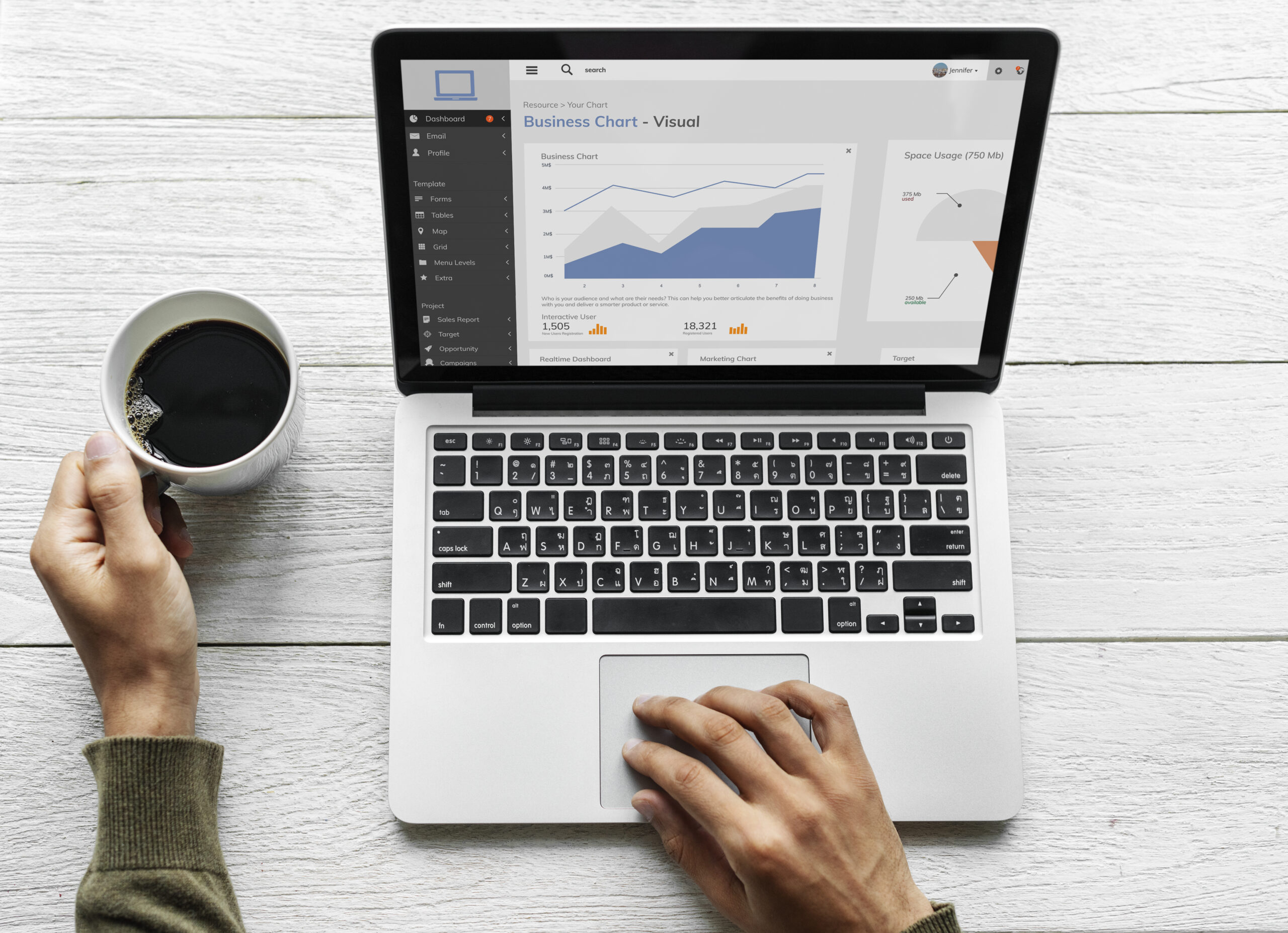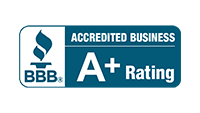
One of the most frequent questions I receive about Google AdWords is, How much should I be spending on my AdWords campaign? Thats a great question, and the short answer is, It depends. One great thing about AdWords is that it is highly customizable. This allows you to make decisions that best fit your business needs. The downside is that it is not easy to see at a glance how best to manage your AdWords budget.
Fortunately, we have developed a formula that allows you to plug in your numbers and calculate a realistic budget. It breaks down into two phases: Testing and ROI (Return on Investment).
Testing and ROI (Return on Investment)
Phase 1: Testing
When you begin your Google AdWords campaign, you will need to test several ideas to see what works for you and what doesnt. While some campaigns are profitable right out of the gate, many others are not. Consider your testing phase to be a form of market research. Plan to invest those dollars without the expectation of getting them back.
Before you begin, gather the following information:
-
Target Keywords Cost Per Click (CPC): Google AdWords follows a pay per click (PPC) model. No matter how many times your ad appears, you only pay when a prospect actually clicks on it. For each keyword, you will pay a different amount of money for that click. This is known as the CPC, or cost per click. For example, Google estimates that a coffee shop costs $2.90 per click, while mortgage broker costs $13.76.
First, make a list of the keywords that you want to test, Then, use the Google AdWords Keyword Planner Tool to estimate the CPC for each of those keywords. Remember that this is just an estimate, so your actual cost may be higher or lower.
-
Time Frame: How long can you spend in the testing phase before you need to see your results? This is partly dependent on your industry and the keywords you choose. Some keywords have a higher search volume than others, making it easier to get results in a shorter time frame. Also consider your normal sales cycle. Do customers tend to purchase in one day, or does it take months for them to make up their minds? The lower your search volume and the longer your sales cycle, the longer it will take for you to obtain accurate data.
-
Sales Conversion Rates: As a general rule of thumb it’s safe to estimate that 1 in 100 people (1 percent) who view an AdWords ad will click on it. Maybe 1 in 100 clicks (1 percent) will convert into a paying customer. These are estimates, and your ads might drive more or less traffic, but they work for planning purposes in the testing phase.
Now you are ready to put together your testing budget:
-
Per Keyword Cost to Test: If you can turn 1 in 100 clicks into a customer, then the estimated cost per sale is the cost per click (CPC) divided by 1 percent. For example, a keyword that costs $3 per click will cost you an estimated $300 for one sale. Go through the same process for each keyword you want to test, and add up the results to get your total budget.
-
Monthly Testing Budget: To generate a per-month Google AdWords budget, divide your total keyword costs to test by the number of months you want to allot to the testing phase. For example, if your total costs calculated earlier are $2,000, then you could budget $500 per month for 4 months. Or if you wanted to test faster, then $1,000 per month for 2 months.
Phase 2: Return on Investment (ROI)
Once your testing phase is complete, and you have generated a handful of sales from your ads, then its time to move into the ROI phase. The goal here is obviously to maximize return on investment from AdWords.
What should your budget be in the ROI phase? If your ads are profitable, then the answer is you should ditch your budget altogether! If every dollar you spend nets you more than a dollar in sales, it only makes sense to invest as many dollars as possible.
While many businesses focus on writing better ads, which improves the AdWords quality score and reduces the cost per click (CPC), thats only half of the equation. The real magic comes from the EPC, or earnings per click.
To find your EPC, just multiply your customer value times your conversion rate. Your Customer Value is the average amount that one customer spends on your product or service minus your fulfillment costs. Your conversion rate is the percentage of clicks that become paying customers. So if the customer value is $100 and you have a 1 percent conversion rate, your EPC is $1.00.
Why Is EPC so important?
Well, it tells you exactly how much you can afford to pay per click for every single keyword in your account! If you pay more than your EPC, then youll be unprofitable. If you pay less, then youre profitable. Its as simple as that.
That means the key to AdWords success is to maximize your EPC by increasing both your customer value and your conversion rates.
Google AdWords is a highly customizable and extremely powerful advertising network, but it can be a bit overwhelming for newcomers. Thats why I put together an AdWords checklist to help you get your campaigns set up for success.





